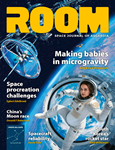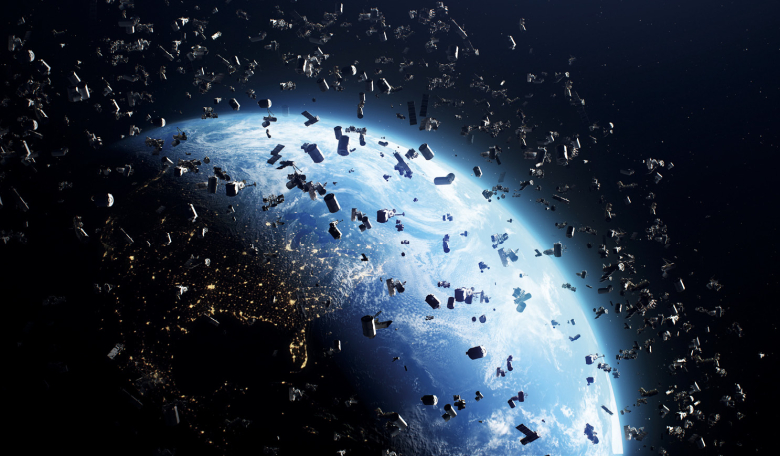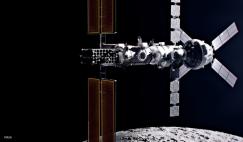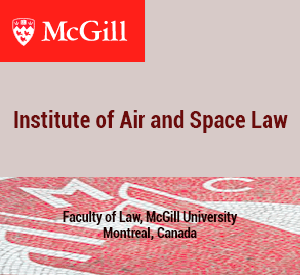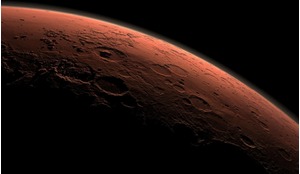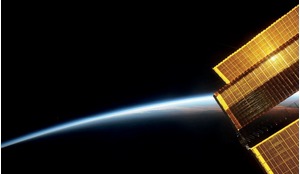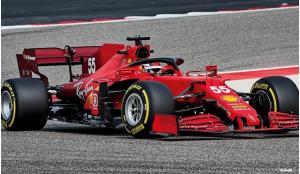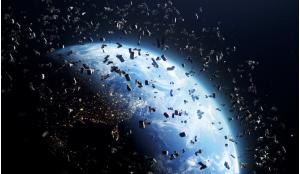The ever-growing volume of satellites and space debris above our heads is increasing the threat of collisions, jeopardising our near-space environment. Establishing robust space situational awareness is essential for tracking objects in orbit and predicting potential collisions, enabling timely responses to prevent disasters. Countries must unite and share data to create comprehensive guidelines and innovative solutions that incorporate this awareness into their strategies. If we fail to act now, we risk irreversible damage that could undermine the benefits of space for future generations.
More and more industries are utilising satellites in their day-to-day business - telecommunications, GPS, insurance, banking and even agriculture, to name a few - and large numbers of spacecraft are launched each year to serve these needs, often in the form of constellations or mega constellations.
Even though the size of satellites has decreased over the decades, their number has significantly increased. According to the European Space Agency (ESA), over 2800 satellites were deployed into orbit in 2023, more than in any year before. ESA estimates that there have been over 650 break-up, explosion, collision, or anomalous events in space since the start of the space age (1957) resulting in fragmentation.
The agency’s Space Environment Report 2024 states that of the 35,000 objects tracked by space surveillance networks, about 9,100 are active payloads, while the other 26,000 are pieces of space debris. And this number only accounts for pieces larger than 10 cm in size. It is estimated that there are over one million pieces of debris larger than 1 cm but under 10 cm in size.
It is not just the satellites themselves that are causing the problem. Anti-satellite weapons (ASATs) tests, in which countries purposefully destroy their defunct satellites, also create space debris. The US tested a kinetic energy weapon in 1985 and destroyed a one-ton satellite which, according to NASA, created almost 300 pieces of orbital debris. In 2007, China destroyed one of its inactive satellites in such a way as well, creating approximately 2087 pieces of debris large enough to be tracked by the US Space Surveillance Network, while NASA’s Orbital Debris Program Office estimated the event generated over 35,000 pieces of debris down to 1 cm in size. The 2021 Russian ASAT event produced over 1500 pieces of space debris as reported by the US Space Command, while India’s 2019 ASAT test generated about 400 pieces of space junk, as stated by NASA. The extra quantity of orbital debris increased collision risks with other spacecraft, including the International Space Station, and China’s Tiangong space station potentially endangering human lives.
Not surprisingly, there are concerns arising from the increasingly crowded Earth orbit about the safety of existing satellites and the continuity of provision of all of the information and services that we now regard as essential. The Kessler syndrome describes a scenario where once we pass a critical mass of spacecraft and space debris in Earth orbit, collisions will create more debris, which will lead to more collisions, creating more and more space debris in a cascade effect, exponentially increasing the amount of debris over time, and making it much more difficult to safely launch new satellites or missions to space.
Space weather also plays a part in spacecraft failure, likely resulting in more orbital debris. Single event upsets, solar storms and atmospheric drag are all capable of degrading spacecraft performance making them more susceptible to electronic, system, and mission failures.
Key sustainability components
A lack of comprehensive space traffic management (STM) means there is no global system to coordinate space traffic effectively
Space sustainability is the responsible use and management of the space environment, aiming to mitigate the issues caused by congestion and maintain a safe and healthy space environment. It seeks to ensure the longevity, accessibility and safety of orbital space, space stations and human missions and to prevent collisions that could have a detrimental effect on our planet.
Space sustainability measures include reliable data and transparency, global standards and legally binding agreements, end of life protocols, active debris removal, in-orbit servicing, in-space recycling, less polluting spacecraft materials, and raising public and stakeholder awareness.
Detecting and tracking the satellites requires reliable technology and near-real time data for mission success. This is what space situational awareness (SSA) can provide by utilising either ground-based or space-based sensors. Monitoring and orbit prediction are essential for collision avoidance and space traffic management (STM) but these also require transparency and data-sharing among nations and operators.
Current space sustainability efforts rely on the United Nations’ Outer Space Treaty of 1963, containing relevant international space law regulations. The framework states in Article IX that parties should “avoid harmful contamination of space and celestial bodies;” while articles I, II, and III talk about the fair and inclusive international use of space. Articles VII and VIII protect ownership and attribute responsibility for any damages. A further regulatory clarification, in the 1967 Return Agreement, requires signatory nations to assist other nations in returning deorbited spacecraft to their owners.
There have since been further clarifications and new initiatives, such as the Space Sustainability Rating (SSR), have also came to life. This incentivises industry participants to prioritise sustainable operations by giving them a rating based on whether they have considered the potential harm to space infrastructure and the space environment, and what measures they have taken to make the mission sustainable, yet successful.
End-of-life protocol refers to the disposal of defunct satellites, which are currently transferred to a graveyard orbit far from operational satellites to avoid collisions, or into a low enough orbit so that atmospheric drag helps them re-enter. However, in 2023, a study supported by the National Oceanic and Atmospheric Administration and NASA, revealed that atmospheric re-entry increases the aerosol contamination of the stratosphere due to the composition of the spacecraft.
Active debris removal (ADR) is directed at large pieces of space debris, including satellites and rocket bodies, since these are too large to fully burn up in the atmosphere and therefore can be hazardous or cause damage to infrastructure on Earth. ADR techniques include aerodynamic drag augmentation, solar sails, auxiliary propulsion units, and in-orbit capture, among others.
In-orbit servicing helps maintain, repair, upgrade, or extend the life of spacecraft, while space recycling reuses or repurposes materials, components, or entire spacecraft already in orbit to reduce waste, extend the usability of resources, and promote sustainable space operations.
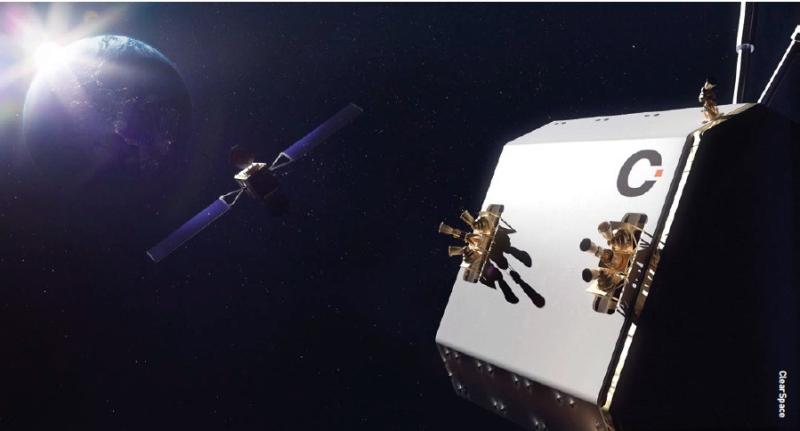 Artist’s impression of the ClearSpace servicer approaching its client satellite. ClearSpace is developing the European Space Agency’s flagship space debris removal mission (ClearSpace-1) and is developing Active Debris Removal missions capable of removing multiple dangerous objects from space with the UK Space Agency.
Artist’s impression of the ClearSpace servicer approaching its client satellite. ClearSpace is developing the European Space Agency’s flagship space debris removal mission (ClearSpace-1) and is developing Active Debris Removal missions capable of removing multiple dangerous objects from space with the UK Space Agency.
Challenges
Space situational awareness is key to ensuring the safety and security of economies and societies who rely on space-based applications in their everyday life
Space sustainability faces numerous technical, operational, legal, and political challenges that complicate efforts to preserve the space environment for future generations.
Detecting space debris is not easy. Most orbital debris is below 10 cm in size, and this is the hardest to track and monitor due to the detection limitations. Smaller objects have weaker signals that make them difficult to detect. Furthermore, a small object near a larger one is hard to detect and discriminate as an independent object, while two objects that are near each other can make it difficult to figure out which one is which. Data sharing, which would make spacecraft detection easier and more reliable, is challenging as some countries and private entities may hesitate to cooperate due to security concerns.
As space sustainability is still not widely understood by the general public or even some policymakers, achieving the necessary global regulatory framework to guide sustainable efforts in space is laborious. Guidelines such as the Committee of Space Research (COSPAR) Planetary Protection Policy are non-binding, because nations and private entities have different priorities, making consensus on sustainability measures difficult.
Space activities also cross national boundaries, which makes enforcement of regulations difficult. Determining accountability and liability for collisions or debris generation is a complex issue under international law as well. Also, technological issues and high costs prevent certain nations from incorporating space debris mitigation guidelines into their national legislation – as encouraged by the Committee on the Peaceful Uses of Outer Space (COPUOS).
A lack of comprehensive space traffic management (STM) means there is no global system to coordinate space traffic effectively, so satellite operators and launch companies rely on independent tracking and voluntary communication.
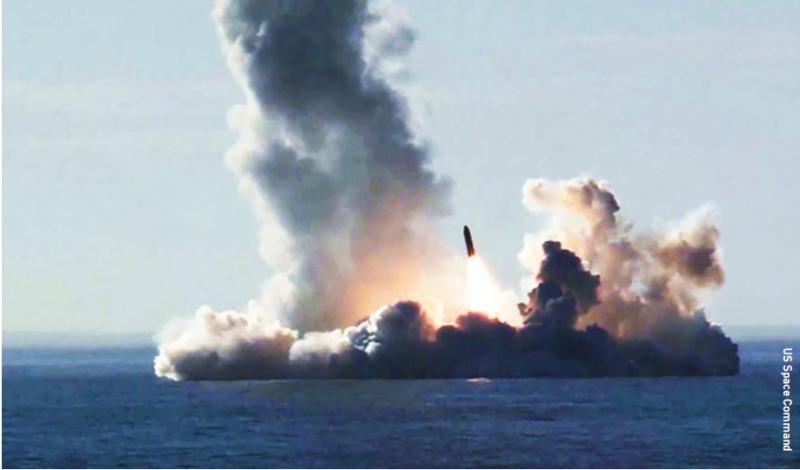 A test of Russia s direct-ascent anti-satellite missile system in November 2021 is reported to have produced over 1500 pieces of space debris.
A test of Russia s direct-ascent anti-satellite missile system in November 2021 is reported to have produced over 1500 pieces of space debris.
Space situational awareness
Space situational awareness (SSA) encompasses the knowledge, characterisation, tracking, and understanding of space hazards including collisions, fragmentations, space object re-entries into our atmosphere, space weather events, as well as near-Earth objects posing risk to Earth.
SSA versus SDA
Currently, there is limited data sharing and no common catalogue, which could be used to create an accurate map of what is going on in space
SSA is not synonymous with, but rather a critical component of space domain awareness (SDA), which is the study, monitoring, and cataloguing of all activities within the space domain, and the ability to understand the current and predicted operational environments. SDA does not focus solely on the physical and environmental aspects of space but also on its behavioural and strategic dimensions. This behavioural analysis means understanding the intent and behaviour of other space actors, evaluating potential threats to national security or space assets, such as cyberattacks on satellites or strategic threats like the jamming of communication signals. In order to do this, SDA integrates space data with other defence and intelligence domains.
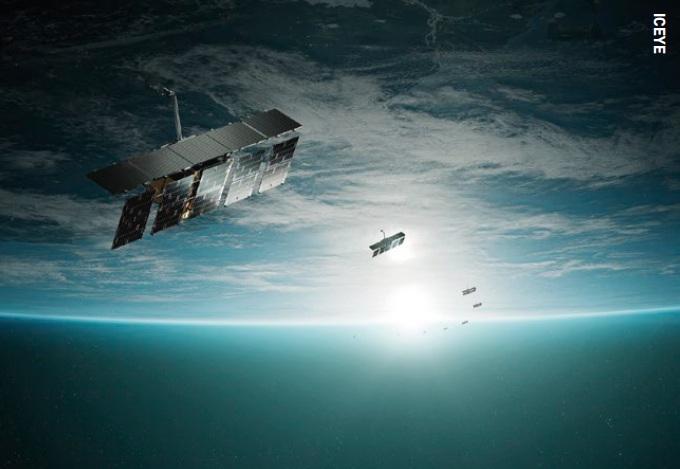 The development of smaller and smaller satellites has resulted in cheaper and more flexible access to satellite data for national organisations and private businesses alike. According to ESA figures, over 2800 satellites were deployed into orbit in 2023, more than in any year before.
The development of smaller and smaller satellites has resulted in cheaper and more flexible access to satellite data for national organisations and private businesses alike. According to ESA figures, over 2800 satellites were deployed into orbit in 2023, more than in any year before.
Role of SSA
SSA companies gather, analyse, and interpret data to be further used by space surveillance and tracking (SST), to mitigate collision risks and close approaches between satellites and space debris. SSA also feeds information to STM companies and satellite operators enabling better coordination and safe manoeuvring of spacecraft to avoid hazards. SSA is key to ensuring the safety and security of economies and societies who rely on space-based applications in their everyday life by maintaining the usability of critical Earth orbits.
SSA data can be used to create a detailed map of space infrastructure to provide a clear picture of the current state of the orbital environment. Monitoring solar activity and other space weather phenomena also fall under SSA services, helping to protect spacecraft from damage or malfunctions caused by these events.
Improved SSA systems can detect smaller debris, even under 10 cm in size which can cause serious damage to space infrastructure, thus ensuring the safe operation of satellites and prolonging their functional lifespan. Reliable SSA data is crucial for launches and post-mission disposal efforts like deorbiting or moving satellites to graveyard orbits as well.
Last but not least, SSA data can be used to raise awareness, and inform decision-making and policy development to minimise risks. Space situational awareness supports the long-term viability of congested orbits, particularly in low Earth orbit (LEO) and geostationary orbit (GEO) while promoting collective responsibility for the space environment and driving investment in technologies and practices that enhance space sustainability.
Current SSA technologies and practices
Rules will have to work for everybody involved, despite sovereign, military, and intelligence interests
SSA technologies include both Earth-based and space-based sensors. Earth–based sensors can be optical telescopes, radio frequency, radar, or laser ranging. However, all of these have their own limitations.
Optical telescopes may not have clear visibility due to the weather or lighting constraints because the telescope must be in darkness while the satellite must be lit. This imposes classic day-night observation cycles. This is particularly limiting for LEO satellites which can only be observed during local twilight conditions. This technology does not work at all in certain orbits, like sun synchronous orbits, because the satellite orbit is synchronised to pass over the telescope at the same time of the day (typically during daytime).
Furthermore, all the good things that are being done to mitigate the impact of spacecraft in low Earth orbit on astronomical observations, like making them less luminous, means an increasing challenge for optical observations. The use of infrared sensors could solve the daylight problem. Radar can observe day and night under all weather conditions, but it may be expensive to build, it may also consume a lot of power, and governments have restrictions on using radar technology for any purpose. Laser ranging faces governmental restrictions and also requires a surface that reflects the beam back down to Earth. Space-based sensors struggle with getting the data down in a timely manner.
However, data fusion can solve some of the technical challenges. Different sensors have different observability. A telescope, for example, observes angular position but not distance. A radar observes distance but has less accurate angles. Combining data from multiple sensors (particularly if they have different observability) can significantly improve the quality of the solution, although collaboration might well be needed to allow this.
Collaborations and data sharing
The UN Office for Outer Space Affairs (UNOOSA), the International Astronautical Federation, and the EU Space Surveillance and Tracking (SST), among other organisations, encourage data sharing and the responsible use of space.
The Combined Space Operations Initiative (CSpO) with members such as Australia, Canada, France, Germany, Italy, Japan, New Zealand, Norway, The UK and USA, also aims to improve the cooperation and coordination of space activities that could potentially become national security threats. The Space Data Association, an international organisation, brings satellite operators together to share safety-critical data as well.
Despite all these efforts, some countries and organisations are reluctant to share their SSA data due to geopolitical reasons. The entrance and growth of private SSA organisations have changed the field of SSA. However, they are generally unwilling to share their data for free (otherwise there is no business model). The dynamics of international collaboration is still evolving with some tensions.
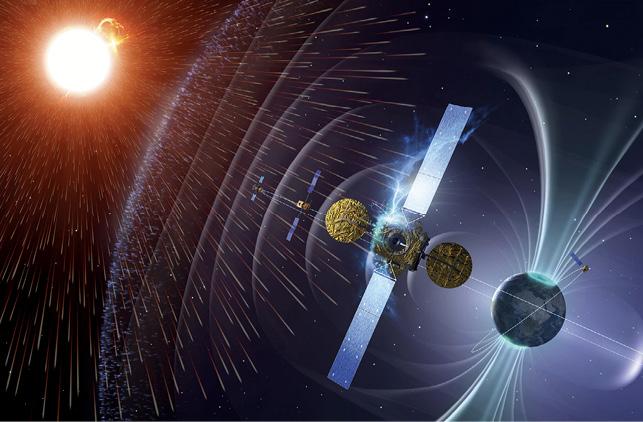 Hazards posed by space weather can affect vital infrastructure, including satellites in orbit or power grids on the ground. ESA’s Space Situational Awareness Space Situational Awareness Space Situational Awareness programme aims to provide data and information on these hazards before they cause problems.
Hazards posed by space weather can affect vital infrastructure, including satellites in orbit or power grids on the ground. ESA’s Space Situational Awareness Space Situational Awareness Space Situational Awareness programme aims to provide data and information on these hazards before they cause problems.
SSA implementation challenges
Agreed policies and the rules are one of the biggest challenges facing space sustainability and the implementation of SSA technologies, whether they regulate operations of the assets or the removal of them after their operational lifetime. Regulations are needed to determine responsibility at all stages of a spacecraft’s lifetime, which no single country, organisation or company will be able to handle and solve by itself. As thousands of active satellites from all over the world orbit our planet, international and public-private collaboration and regulation is vital. Unless all countries agree to cooperate, SSA technologies cannot be as effective as needed.
Currently, many countries have their own networks of sensors but there is limited data sharing and no common catalogue, which could be used to create an accurate map of what is going on in space. Governments and commercial companies would also have to agree on policies establishing how to integrate data streams and make sense of them, how to manage traffic based on the data, and how to dispose of the satellites after they become inactive
Unfortunately, the geopolitical situation on Earth translates into a lack of collaboration in space, although space belongs to no one and everyone at the same time. Even if these policies and regulations become a reality, it is hard to say who the policymakers will be and how regulations can be reinforced. The rules will have to work for everybody involved, despite sovereign, military, and intelligence interests. Taking all these into account, standardised international protocols will most likely only happen to a certain degree, where operators and countries make sure they do not crash into each other’s spacecraft.
Licences and local regulations make it hard to integrate SSA sensors in certain parts of the world while export controls limit how technology can be exported to other countries. Data rights regulations pose a challenge for space situational awareness as well.
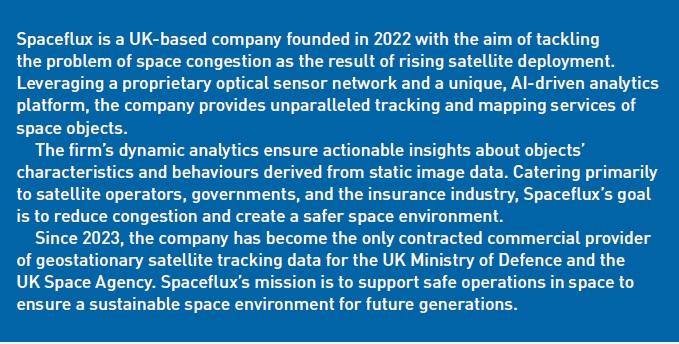
Future of SSA for sustainability
A sustainable space environment means not only preserving the orbital domain but securing the future of humanity’s endeavours beyond Eart
The integration of machine learning and artificial intelligence (AI) is on the rise within the SSA community, which will help data analytics to provide new insights. We expect to continue to see sensors developed and deployed, with increasing geographic coverage and wider fields of view. This will increase the amount of tracking data available for SSA analysis.
Governments, commercial operators, and academia are developing the SSA technologies of the future, addressing specific and specialised needs. Sensor prices continue to fall leading to increased sensor proliferation and heading toward persistent sensor coverage. Many organisations are already looking to expand SSA capabilities into the cislunar domain.
Most initiatives are currently run by governments worldwide. Raising vast amounts of capital at early stages, when the business models are still not proven is quite risky and given the long-term nature of space this can be tricky for the private sector. However, the ecosystem is constantly evolving, and more and more venture capitals and investors are looking in the direction of space sustainability. Space technologies keep developing while fast deployments, fast launches, and smaller satellites now mean decreasing costs and time to launch. The new space age is an emerging opportunity for all sorts of investors.
Critical necessity
Space sustainability is a critical necessity in ensuring the long-term usability of Earth’s orbits and safeguarding the space-based services upon which modern society relies. Technologies and services like space situational awareness are pivotal in monitoring and managing the space environment, enabling better collision avoidance, orbital maintenance, and policymaking.
While some changes are already happening, the path forward requires global collaboration, standardised regulations and substantial investment in both innovation and awareness. The integration of advanced technologies such as AI and machine learning, along with increased public-private partnerships, will be key to overcoming technical and operational challenges. Moreover, fostering a culture of responsibility and sustainability among all space stakeholders including governments, commercial entities, and academia, will ensure a safer and more equitable space environment.
A sustainable space environment means not only preserving the orbital domain but securing the future of humanity’s endeavours beyond Earth.
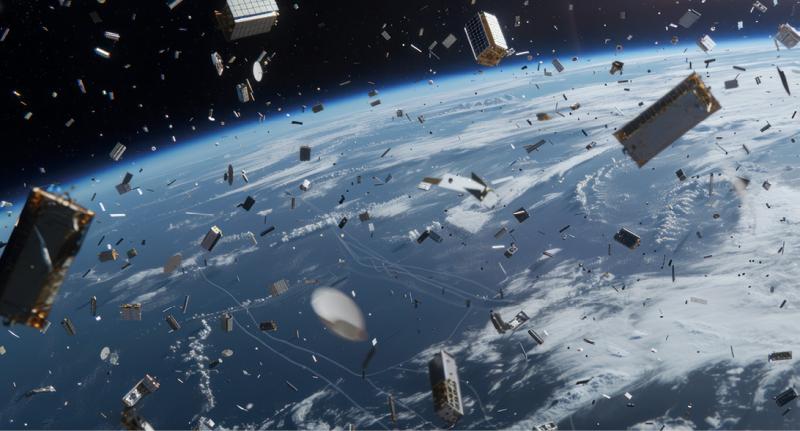 If we fail to take the necessary action on space sustainability we risk irreversible damage that could undermine the benefits of space for future generations.
If we fail to take the necessary action on space sustainability we risk irreversible damage that could undermine the benefits of space for future generations.
About the authors
Marco Rocchetto is the CEO and co-founder of Telescope Live and Spaceflux, with a PhD in Astrophysics from UCL. He contributed to the ESA ARIEL mission, co-discovered the first super-Earth with an atmosphere, and led tech teams at Konica Minolta. He is also a Senior Honorary Research Fellow at UCL.
Marcel Debczynski is the co-founder and Business Development lead at Spaceflux with a diverse background in law, startups, business development, strategic consulting and project management across Europe. He co-founded Yobi, a services platform later acquired by Orkla ASA.
Viktoria Urban has a background in journalism, astronomy & planetary science, and psychology. She aspires to be a neuroscientist examining the brains of astronauts who go on deep space missions. A fellow at the Royal Astronomical Society, she is an advocate for space sustainability and for STEM careers. She shares her knowledge and views during public speaking events and on several social media channels.


